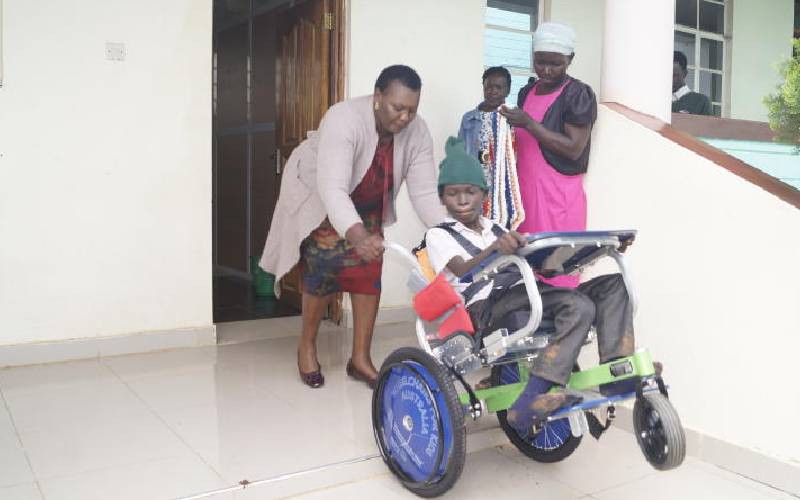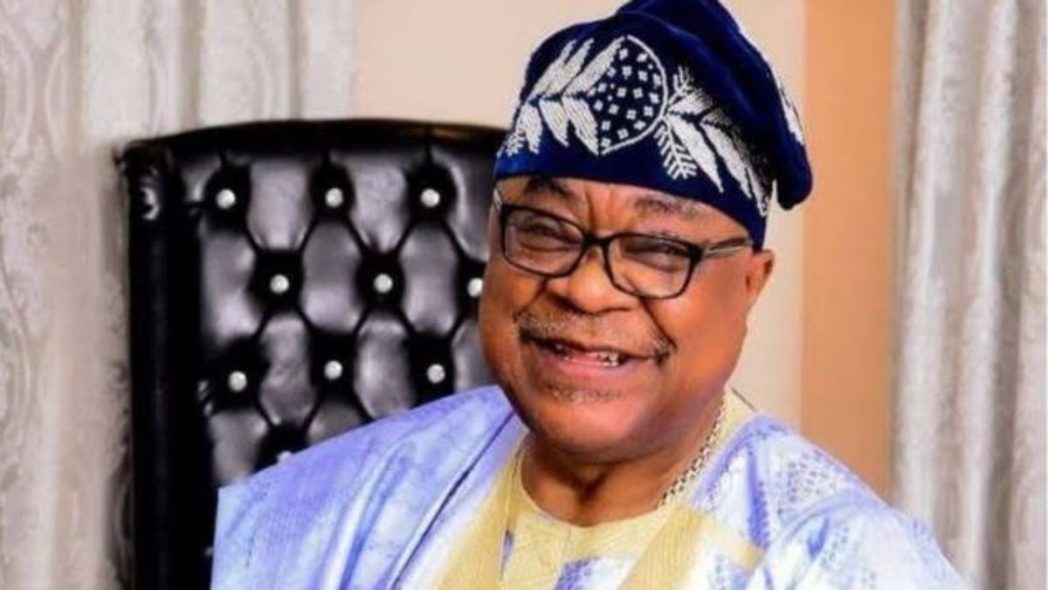Building bridges with music
Music is one of humanity’s most powerful tools for resistance, memory, and healing. Across generations and geographies, it has inspired revolutions, challenged injustice, and offered refuge to the silenced. At its best, music builds bridges between peoples. The emergence of genres and sub-genres stands as historical evidence of the intersectionality of migratory cultures. And in the vortex of people meeting people, of music unlearning or unlearning of contacted cultures, it can also expose fractures—reminding us that with creative freedom comes social responsibility.
More broadly, historically, music has been the heartbeat of liberation. From the anti-apartheid anthems of Miriam Makeba and Hugh Masekela to Bob Marley’s immortal cries for justice, musicians have transformed personal expression and lived experience into public activism. Songs like Get Up, Stand Up and Bring Him Back Home (which called for the release of Mr. Nelson Mandela) became cultural weapons against colonialism, racism, and inequality—echoing across continents with urgency and hope.
Today, music continues to shape movements for justice. Artistes like Billie Eilish, Jimmy Cliff and the late Marvin Gaye turned their platforms toward climate activism, in the case of Eilish, pledging sustainable touring practices. Indi-genous musicians, Jannok of Sweden, Iãkupa Apurinã and Katú Mirim across the Amazon are blending ancient chants with modern soundscapes to draw attention to deforestation and displacement. These examples show that music can be more than expression—it can be action.
But music is not always a force for good. The controversy surrounding the artiste Baby Skello raised difficult questions about hate speech, the boundaries of artistic freedom, and respect for religious values. His provocative song belatedly sparked a national debate—not about race, but about responsibility. What responsibilities do artistes bear when their art is publicly disseminated and culturally impactful? In the matter before us, one wonders if Baby Skello’s obscene imaginaries would have arisen had he been exposed to the soundscapes of the migratory Bhajans and Raags that continuously lift Mother Lakshmi in the Hindu consciousness?
What we do know was that the backlash was immediate. Commentators weighed in, many calling for Baby Skello to be reprimanded. The state took the matter further, arraigning him before the courts and remanding him to prison on a charge that has since sparked a parallel debate about the use and abuse of criminal law in regulating expression. In essence, the Baby Skello affair opened a critical dialogue about the relationship between popular culture, artistic boundaries, and the values we want to reinforce through public art. It demonstrated that when music missteps, communities can—and must—respond. But in this case, while public outrage was abundant, introspection—especially the kind that fosters mutual understanding between the artiste and the affected communities—was conspicuously lacking.
The Baby Skello incident also mirrored larger reckonings. In the United States, antisemitic content from hip-hop artistes like Kanye West triggered a wave of global condemnation. Brands severed ties, platforms removed content, and fellow artists distanced themselves. Yet these moments, unlike Guyana’s, gave rise to crucial dialogue. Some artistes took part in educational outreach, acknowledging the weight of their words—not unlike Baby Skello’s eventual apology. Such reckonings show that accountability need not lead only to cancellation. It can also foster contrition, learning, and growth.
And this is where music’s deeper power lies: not in perfection, but in transformation. Music reflects society’s pain, pride, and prejudice—but it also reveals our shared potential. Whether confronting apartheid, addressing antisemitism, or navigating ethnic, religious, cultural and moral standards, music doesn’t merely hold up a mirror—it holds an evolutionary and anthropological map of human societies. And to build relations with diverse societies, by intersectionalising societies with music, we, but most emphatically our policymakers, must move beyond performance for its own sake and towards the educative. Music education interwoven with its historical and sociological contexts can be the thread that binds us—so long as it is woven with conscience, courage, and care.
Let the music not only play. Let it teach. Let it heal. And let it matter.









